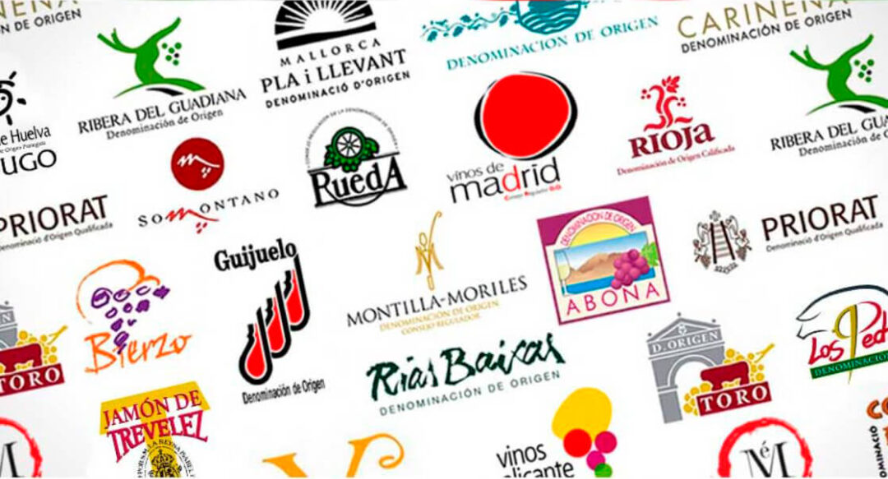In the field of industrial property in Spain, trademarks and geographical indications (GIs) are two distinct legal concepts that protect intangible assets related to products and services, but they do so with different approaches and requirements.
What is a trademark?
A trademark is a distinctive sign that identifies products or services in the marketplace and distinguishes them from those of other competitors. It may consist of words, logos, shapes, sounds, or even colors, as long as they have distinctive character. The holder of a registered trademark obtains the exclusive right to use it in connection with the goods or services for which it was granted.
In Spain, trademarks are registered through the Spanish Patent and Trademark Office (OEPM), and applications can be filed at the national level, at the EU level (via the European Union Intellectual Property Office – EUIPO), or internationally (under the Madrid System).
Trademarks are regulated by Law 17/2001, of December 7, on Trademarks, and by Regulation (EU) 2017/1001 of the European Parliament and of the Council of June 14, 2017, on the European Union Trademark.
What is a geographical indication?
A geographical indication (GI), on the other hand, protects the name of a product whose quality, reputation, or other characteristics are directly linked to its geographical origin. There are two main types: Protected Designation of Origin (PDO) and Protected Geographical Indication (PGI), both regulated by EU agri-food legislation.
Unlike trademarks, GIs are not owned by a single person or company, but are managed collectively by producer associations or regulatory councils.
Key Differences
- Ownership: Trademarks are individual or corporate rights, while GIs are collective rights.
- Purpose: Trademarks distinguish products or services by their business origin. A GI distinguishes them by their geographical origin and territory-linked quality.
- Scope of Use: A trademark can be freely used by its owner throughout the registered territory. A GI can only be used if strict geographical and production requirements are met.
- Registration: Trademarks are registered with the OEPM, while agri-food GIs are approved by agri-food authorities at both regional and national levels, and recognized by the European Commission.
GIs are regulated by Regulation (EU) 1151/2012 of the European Parliament and of the Council of November 21, 2012, on quality schemes for agricultural products and foodstuffs; Regulation (EU) 1308/2013 on the common organization of agricultural markets (CMO); and Law 6/2015, of May 12, on Designations of Origin and Protected Geographical Indications with supra-regional territorial scope (Spain), among other rules.
Conclusion
Both systems protect valuable and complementary assets. While trademarks promote business differentiation, geographical indications preserve the cultural and productive heritage associated with specific regions. Understanding the differences allows producers and entrepreneurs to choose the most appropriate legal tool to protect and enhance the value of their products in both domestic and international markets.

Leave a Reply